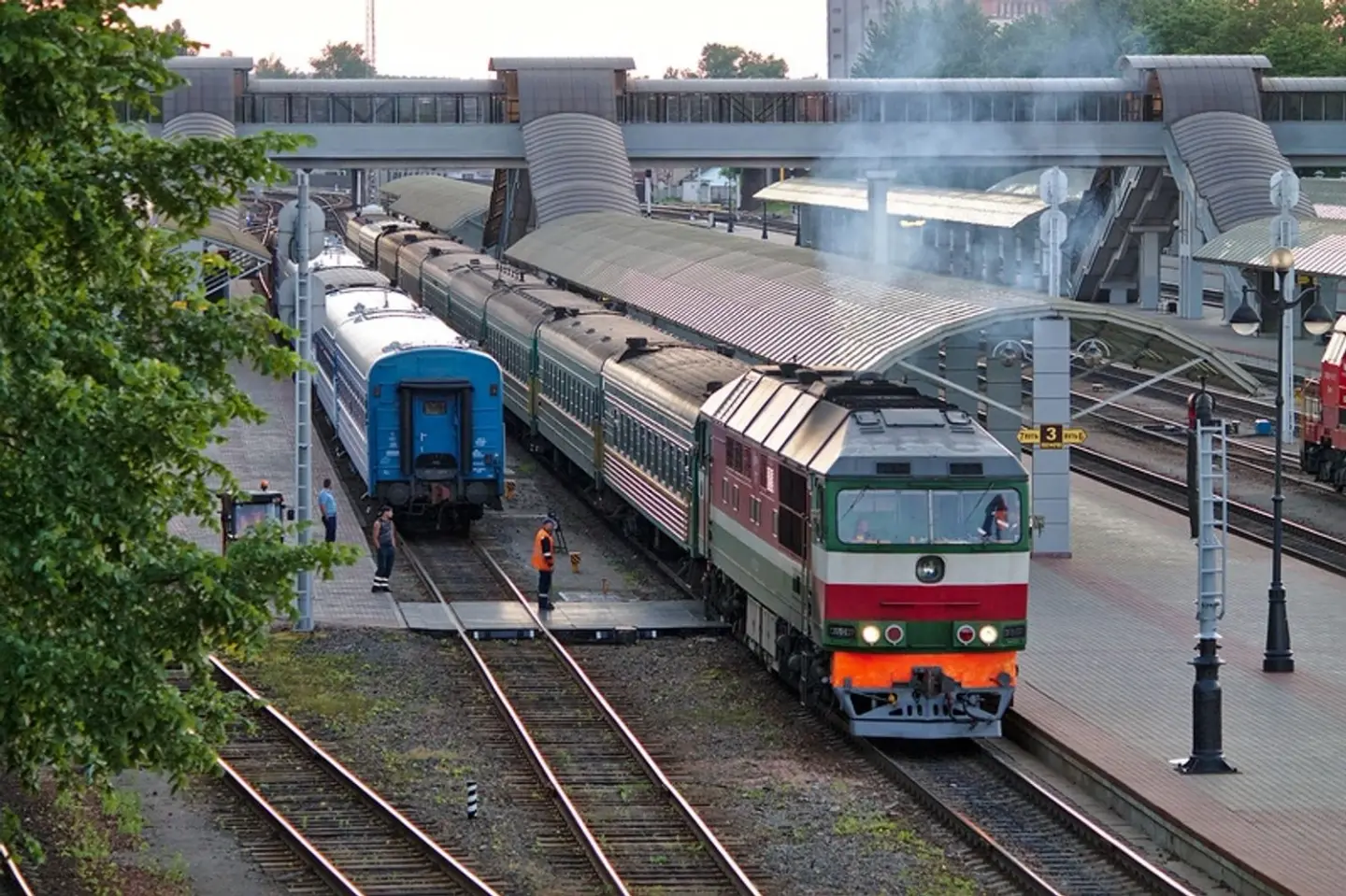Этот вид кирпича относится к самым элегантным и вневременным фасадным материалам. Клинкерный кирпич очень прочный, устойчивый не только к механическим повреждениям, но и к химической коррозии или грибкам. Поэтому после времен злоупотребления световыми технологиями он триумфально возвращается в пользу инвесторов.
Римский стиль, в основном представляющий предметы из обтесанного камня, также предполагает наличие кирпичных конструкций. Правда состоит в том, что кирпич известен с начала нашей цивилизации: Ближний Восток, Месопотамия, Египет и Вавилон открыли преимущества кирпича и возвели его здания, используя кирпич, собранный из грязи и высушенный на солнце.
В четвертом тысячелетии до нашей эры в Месопотамии началось использование обожженного кирпича, но из-за дорогого и мало доступного топлива этот тип материала использовался только для строительства значительных зданий. Исламская культура похвасталась мастерским использованием декоративной керамики, используемой в строительстве. Древний Вавилон был в основном основан на кирпичном строительстве. Керамика также широко распространена на Дальнем Востоке. Китайская керамическая черепица, отличающая «пятый» фасад здания.
Девятнадцатый век уже вводит массовое производство кирпича, с использованием кирпичного пресса в середине 19-го века и использованием обжига керамики в печи. Клинкерный кирпич, обожженный при 1100-1300 ° C, темно-красный и устойчив к погодным условиям. Различные размеры могут быть использованы для причудливых украшений и характерных очертаний фасада.
До сих пор клинкерный кирпич цена на который не так уж велика использовался в основном в качестве строительного материала для конструкций. Наряду с новым подходом к физике зданий и применением теплоизоляции стены, кирпич получил общий знаменатель со строго фасадными материалами; стала вневременным платьем здания вечной элегантности и несомненной долговечности. Инновации в производстве керамических изделий привели к удивительному расширению ассортимента.
Полученный таким образом строительный материал устойчив к биологической коррозии, огнеупорен и нечувствителен к морозу. Чтобы кирпич назывался клинкером, кроме характерного звонка (при ударе двух кирпичей друг о друга слышен высокий звук, отсюда и название «клинген» в переводе с немецкого означает «звучать»), он должен иметь: поглощаемость менее 7%, прочность на сжатие более 30 МПа, морозостойкость.
Другие фасадные керамические изделия называются лицевым кирпичом. Ручная формовка с богатой цветовой гаммой и структурой завоевала строительный рынок за последние дюжину лет. Керамические фасады вернулись в пользу инвесторов после времен злоупотребления световыми технологиями — мокрый или ПВХ сайдинг. Несмотря на относительно высокую цену, свойства керамики убедительны своей прочностью и отсутствием необходимости частого ухода, не говоря уже о эстетической ценности. В настоящее время у нас есть, помимо традиционных, гладких кирпичей, рифленых, пятнистых, рустикальных, поцарапанных или состаренных элементов.
Ценовые и эстетические конкурсы для керамики — это фасады из силикатных и бетонных элементов. Силикаты производятся из природного сырья: песка, извести и воды. Процесс объединения извести и песка через насыщенный пар позволяет создать элемент, который после отверждения создает «искусственный камень» со свойствами, аналогичными свойствам клинкера, даже с точки зрения морозостойкости и высокой прочности на сжатие. Благодаря асептическим свойствам извести силикаты обладают очень хорошей устойчивостью к биологической коррозии, но необходимо соблюдать осторожность, чтобы обеспечить правильную пропитку. Критическая зона — это цоколь, и, как и в любой внешней перегородке, она требует специальной защиты.


 3588
3588












